Paying too much for lighting when the sun is shining brightly? Ignoring the natural light can lead to excessive energy use and higher bills. Discover how daylight harvesting can be your energy-efficient solution.
Daylight harvesting leverages natural light to reduce reliance on artificial lighting, optimizing energy use and enhancing comfort. This smart lighting strategy adjusts interior lighting based on the amount of daylight available, ensuring efficient energy use while maintaining desired lighting levels. Learn how implementing daylight harvesting can benefit your space both economically and environmentally.
Continue reading to explore the advantages and practical applications of daylight harvesting.
Table of Contents
What is Daylight Harvesting
Daylight Harvesting is a lighting control strategy designed to maximize the use of natural sunlight to illuminate indoor spaces while minimizing energy consumption. This system uses sensors to measure the amount of natural light entering a room and automatically adjusts the brightness of artificial lights to maintain a consistent, comfortable level of illumination.
For example, during the daytime when sunlight is abundant, the sensors dim or even turn off electric lights, reducing energy use. At night or in areas with insufficient natural light, the lights are brightened to ensure adequate lighting. Daylight harvesting is often integrated into modern LED lighting systems and building automation, offering both environmental benefits and cost savings by reducing electricity consumption and extending the lifespan of lighting fixtures.
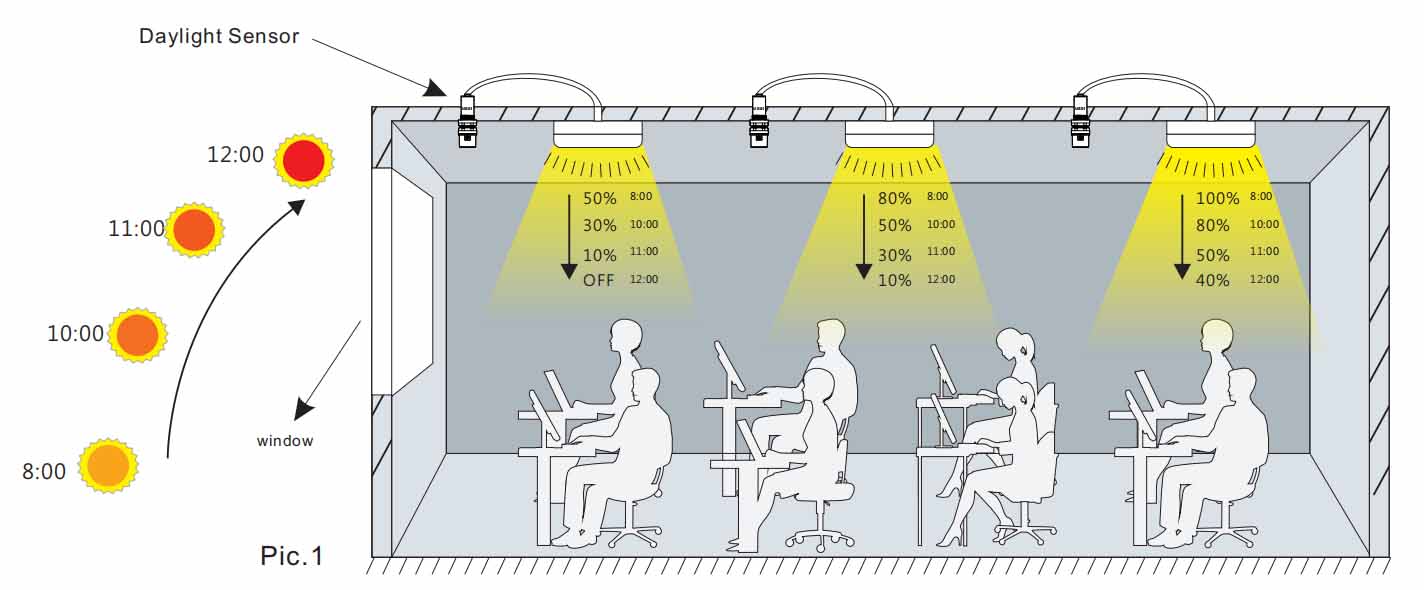
How Does Daylight Harvesting Work?
Daylight harvesting works by using a combination of sensors, lighting controls, and automated systems to adjust artificial lighting based on the availability of natural light. Here’s a step-by-step breakdown of how it operates:
Sensors Detect Natural Light Levels
Photocells or light sensors are installed in the space to measure the amount of natural light entering through windows, skylights, or other openings. These sensors are typically placed on ceilings or walls to capture accurate light readings.
Control Systems Analyze the Data
The sensors send real-time data to a control system. The system compares the natural light levels to the desired lighting level (often called the “setpoint”), which ensures consistent brightness in the space.
Lighting Adjustments Are Made Automatically
Based on the data, the control system dims, brightens, or turns off the artificial lights to complement the natural light. For instance, in a brightly lit room with large windows, artificial lights may dim significantly or switch off entirely.
User Overrides or Customization
Most systems allow for manual adjustments or customization to meet specific needs. For example, users can override the system to increase brightness for tasks requiring higher illumination.
Energy Savings Are Optimized
By reducing the reliance on artificial lighting, daylight harvesting minimizes energy consumption. This not only lowers electricity costs but also extends the lifespan of the lighting fixtures.
Daylight harvesting is most effective when combined with energy-efficient lighting like LEDs, which can respond to dimming controls without performance issues. It’s a key feature in smart building designs and green energy initiatives.
What are the techniques of daylight harvesting?
There are several techniques involved in daylight harvesting, including:
– Continuous dimming, which adjusts the light output of fixtures continuously based on the amount of natural light.
– Stepped switching, where lights are turned on or off in predefined steps, suitable for spaces where precise lighting control is less critical.
– Open-loop systems, which do not consider the light level inside the space but operate based purely on exterior light conditions.
– Closed-loop systems, which adjust lighting based on both the natural light entering the space and the light levels already present within.
What are the benefits of daylight harvesting?
Daylight harvesting offers numerous benefits:
– Energy savings: By reducing the reliance on artificial lighting when natural light is available, daylight harvesting significantly lowers electricity consumption. This leads to reduced utility bills and a smaller carbon footprint. For businesses, especially those operating large facilities, these savings can be substantial over time.
– Environmental impact: Using less artificial light reduces energy demand and, consequently, greenhouse gas emissions associated with electricity generation. This aligns with sustainable practices and helps organizations achieve green building certifications such as LEED (Leadership in Energy and Environmental Design).
– Improved human comfort and productivity: Consistent and well-balanced lighting improves visual comfort for occupants. By maintaining optimal brightness levels and reducing glare, daylight harvesting creates more pleasant environments for working, learning, or relaxing.
– Extended lifespan of lighting fixtures: With lights dimmed or turned off for long periods, the operational hours of lighting fixtures are reduced. This extends the lifespan of LEDs and other lighting systems, lowering maintenance costs and replacement frequency.
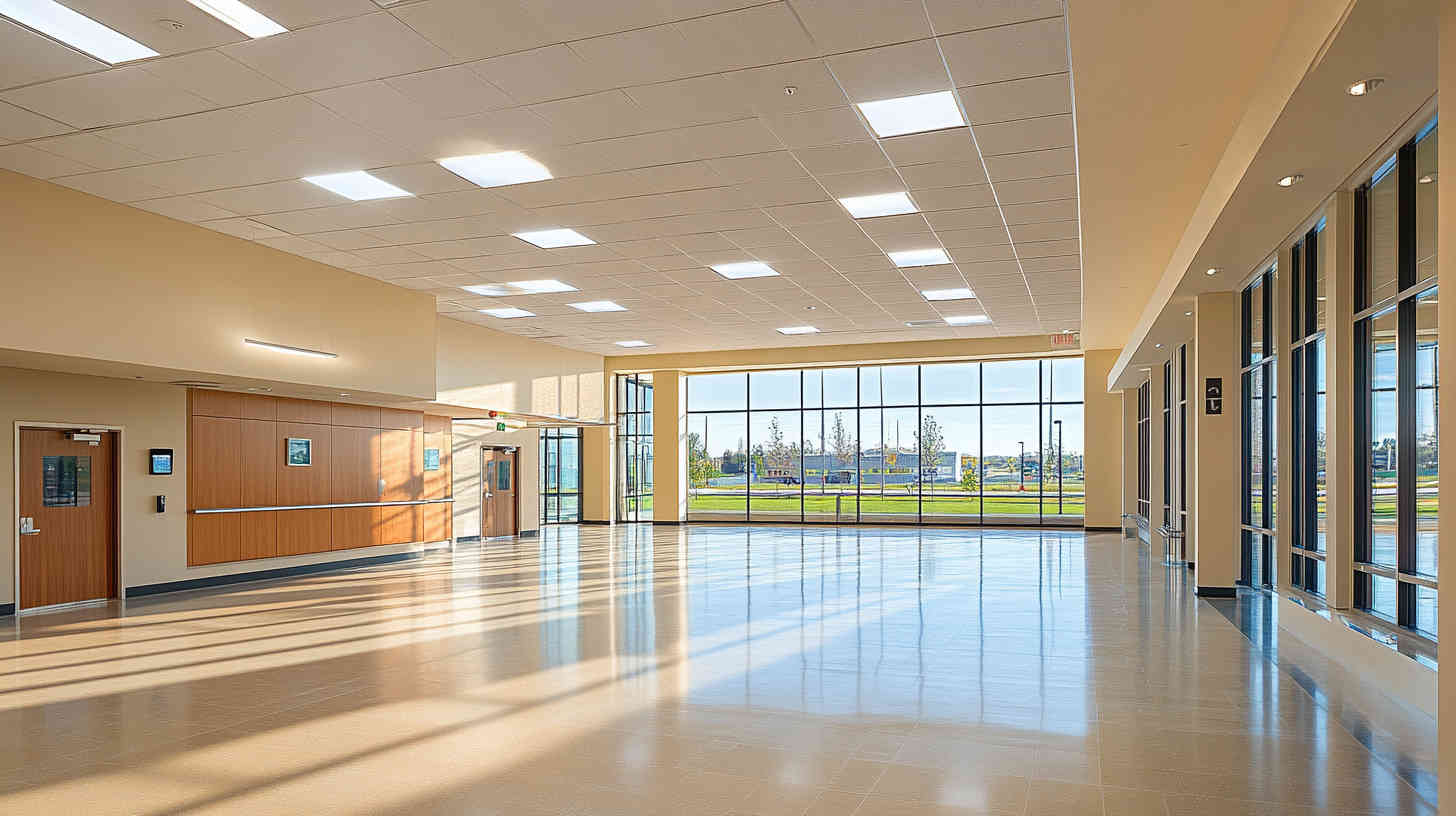
How to Implement Daylight Harvesting?
Implementing daylight harvesting involves several steps:
1. Assessment: Evaluate the potential for natural light in your space.
2. Planning: Design a system that includes appropriate sensors and controls.
3. Installation: Install sensors and connect them to your existing or new lighting system.
4. Calibration: Set up the system to respond appropriately to different levels of natural light.
5. Maintenance: Regular checks and adjustments to ensure optimal performance.
Where should daylight sensors be placed?
Daylight sensors should be strategically placed to accurately measure the amount of natural light entering the space. Common locations include:
– Near windows: To capture direct sunlight.
– On ceilings: In areas with indirect light.
– Placement should avoid artificial light sources to prevent false readings, ensuring sensors react primarily to natural light.
Does Daylight Harvesting Work on Exterior Lights?
Daylight harvesting is generally used for interior lighting systems; however, exterior lighting can also benefit from similar concepts. For example, outdoor lights with photocells adjust based on natural light levels, ensuring that lights turn on at dusk and off at dawn, thus conserving energy during daylight hours.
What are the Best LED Fixtures for Daylight Harvesting?
The best LED fixtures for daylight harvesting are those that support dimmable functionality and are compatible with daylight sensors. Logos Lighting offers LED lighting products that can be easily integrated into daylight harvesting systems, such as LED high bay lights, LED panel lights, **LED Vapor Lights**, etc with sensors. These fixtures have high color rendering indices and adjustable light output to seamlessly blend with natural light variations throughout the day.
Conclusion
In conclusion, daylight harvesting is a practical and efficient approach to utilizing natural light to illuminate spaces. It not only conserves energy but also enhances the comfort and productivity of occupants. By understanding and implementing the right techniques and technologies, buildings can significantly reduce their energy consumption and environmental impact.
If you need help with LED lighting or have questions, please feel free to reach out to us directly. Our team of lighting experts is here to help.
Request A Free Quote Now!
Send us a message if you have any questions or request a quote. We will get back to you ASAP!



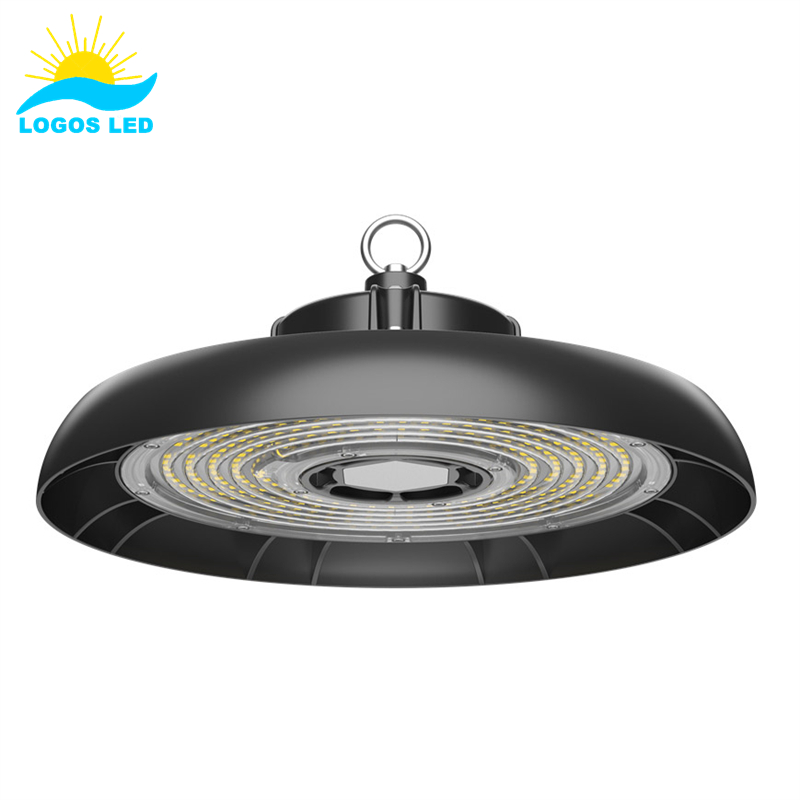

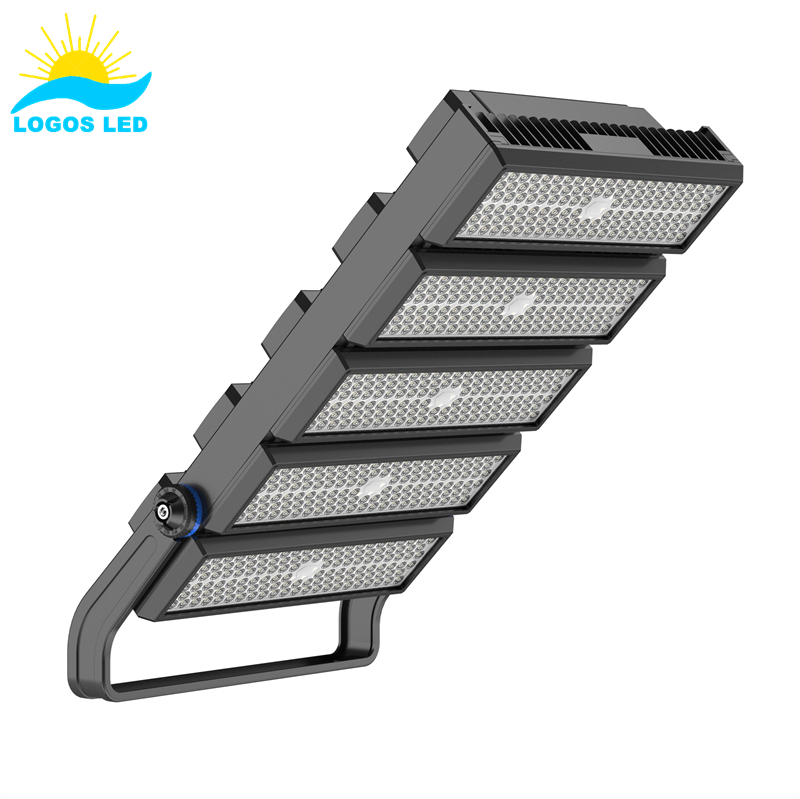

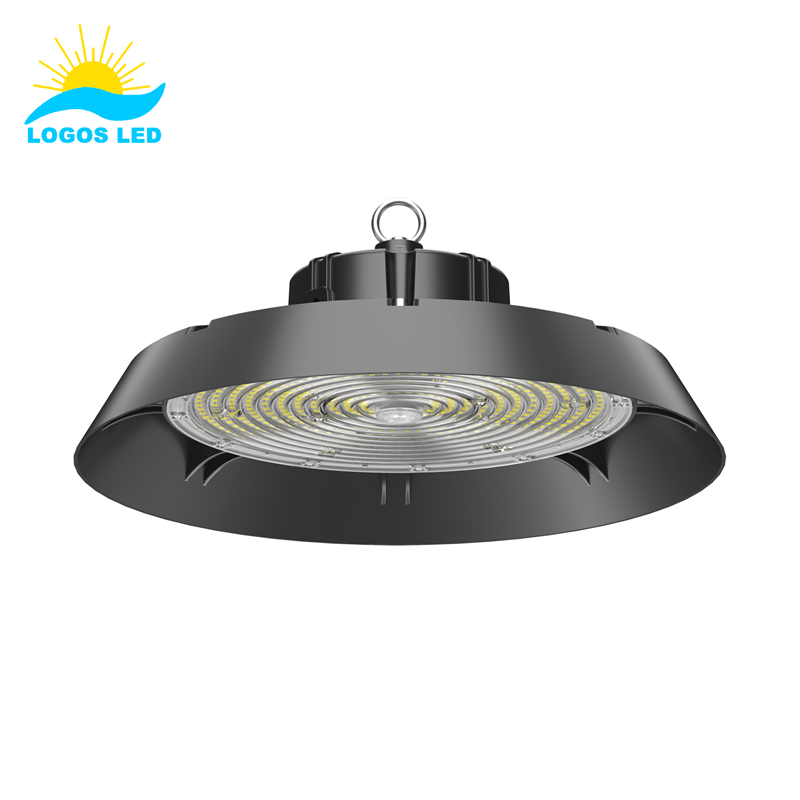
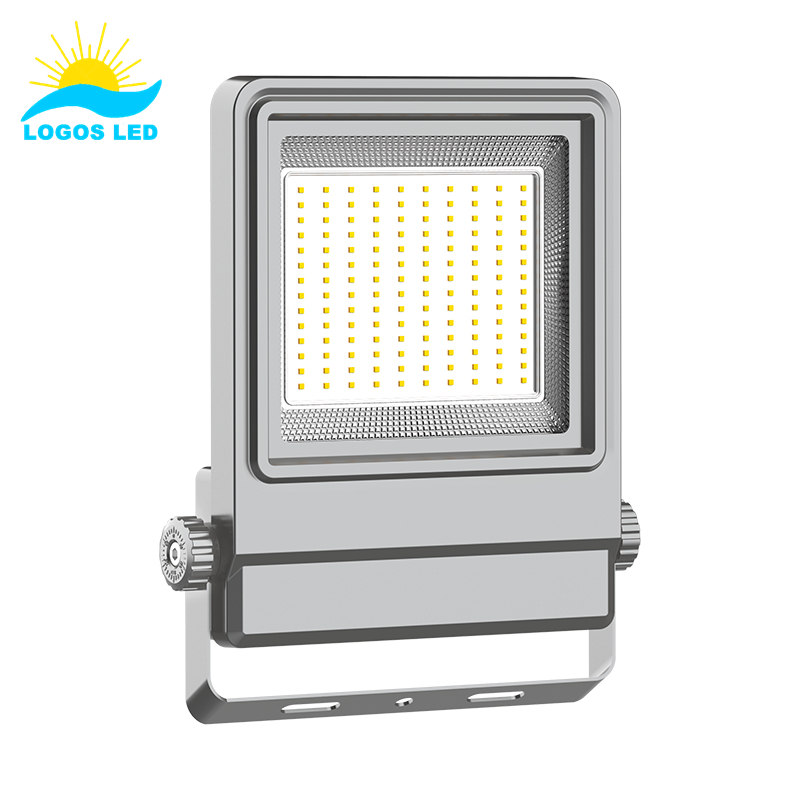

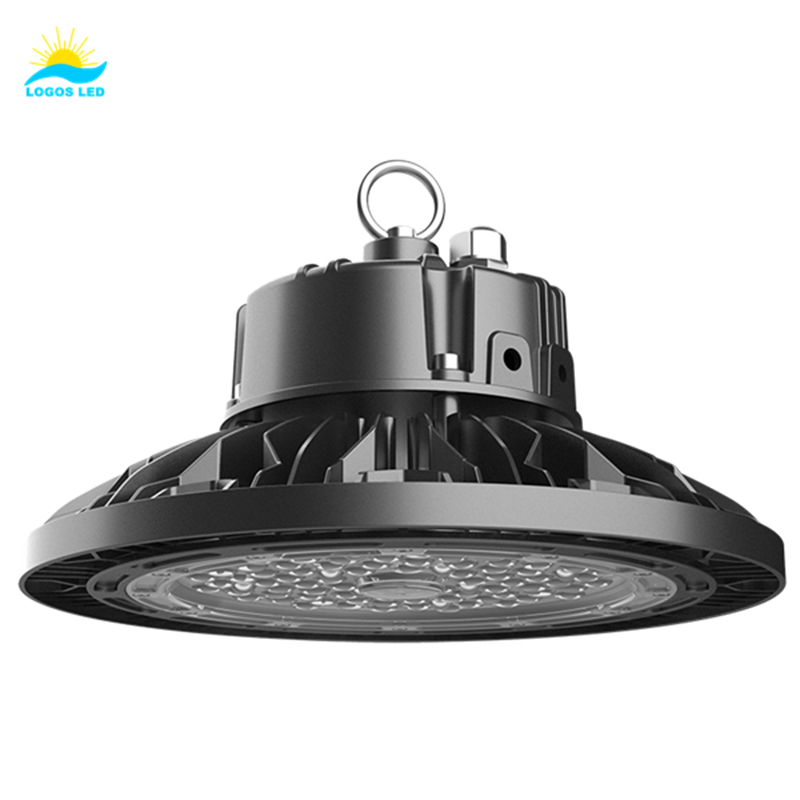
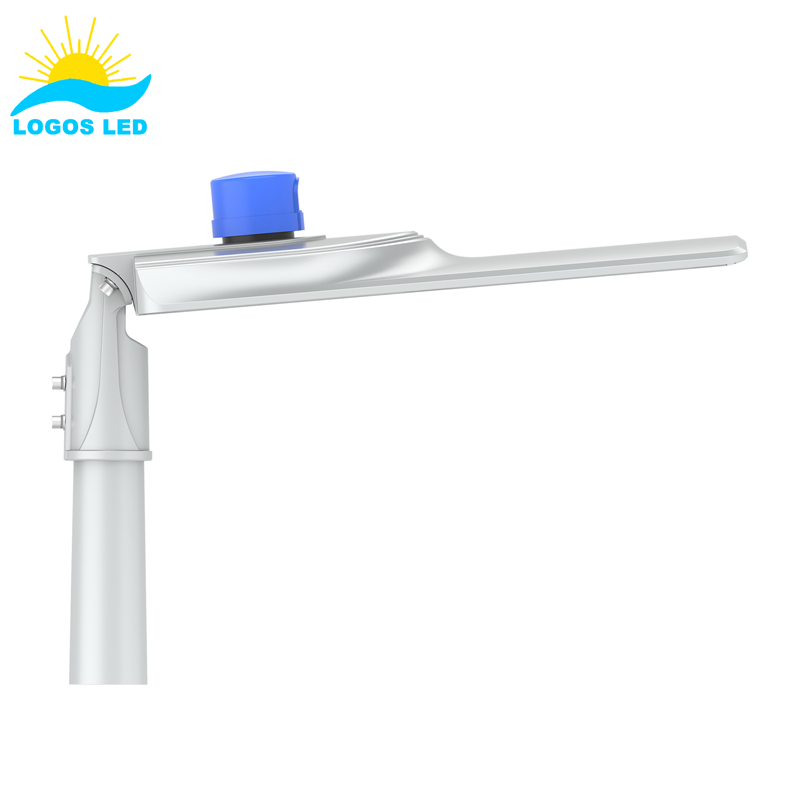

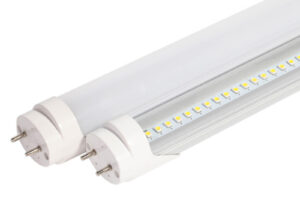
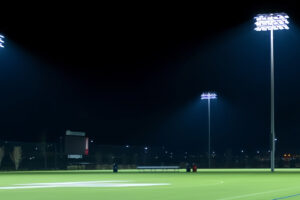

Leave a Reply
Your email is safe with us.